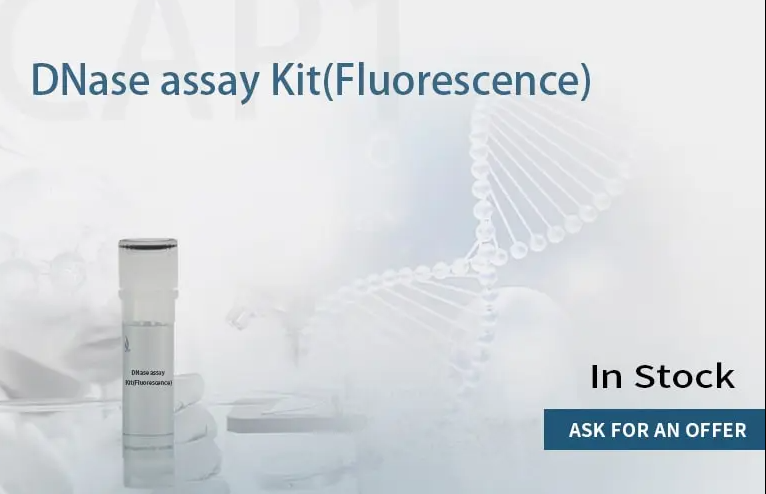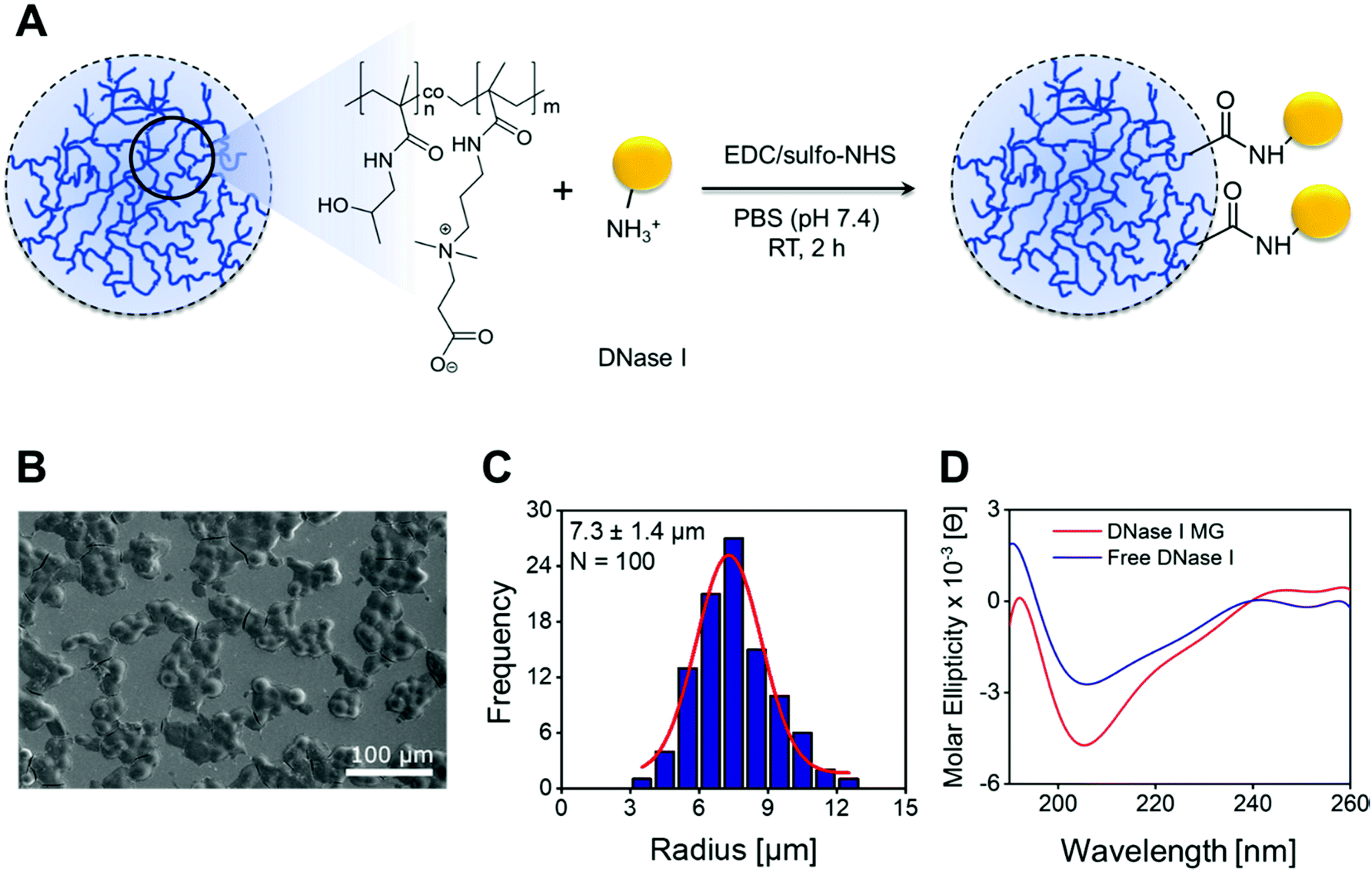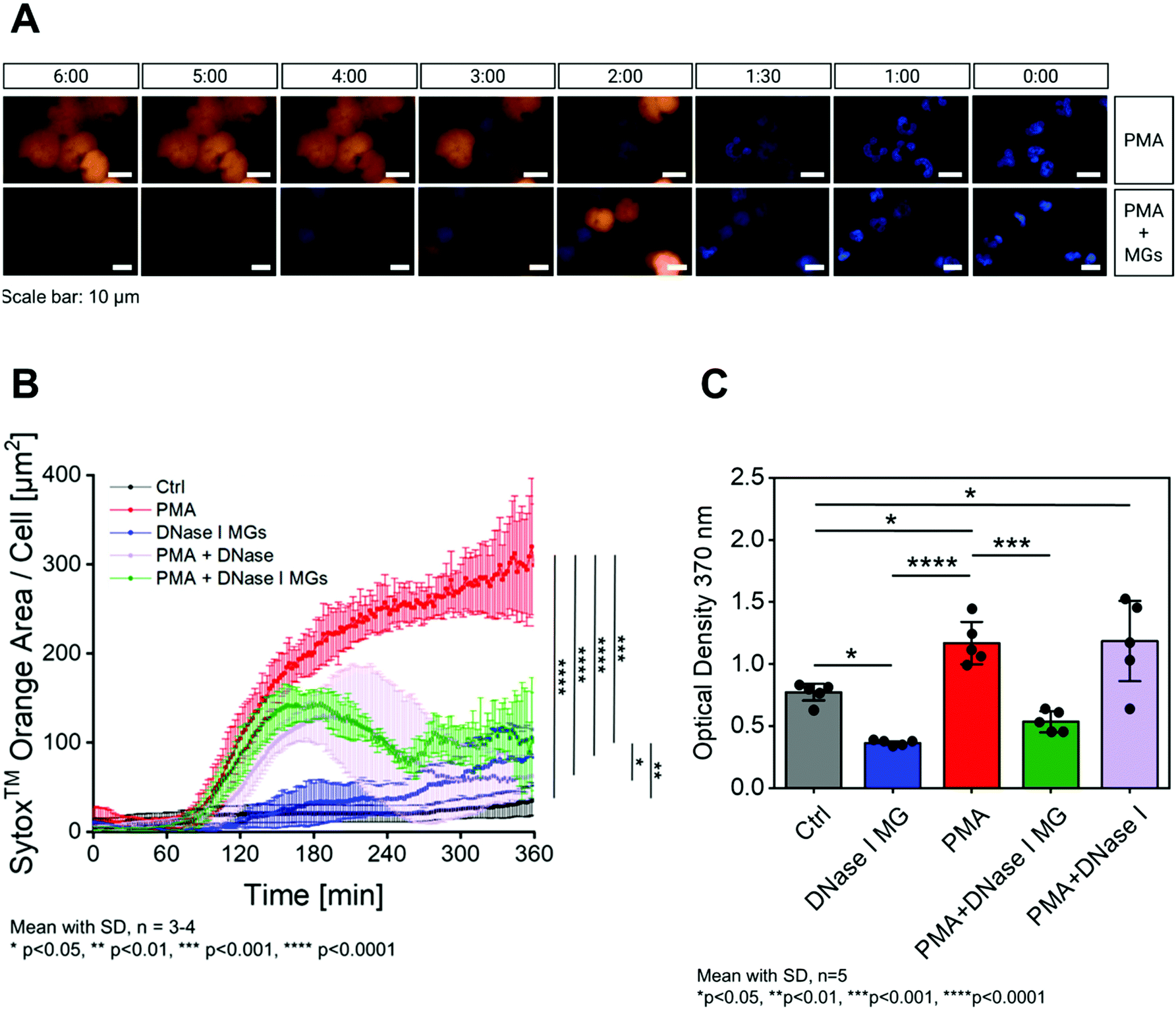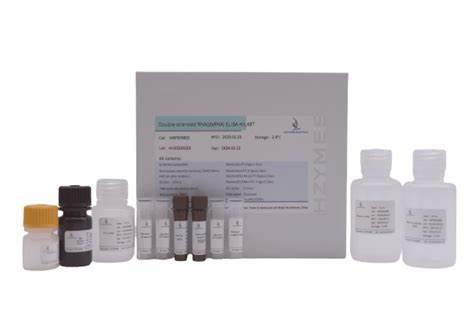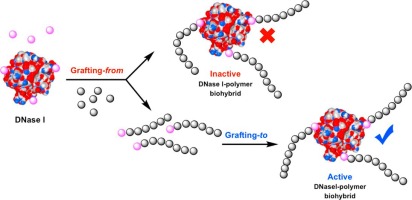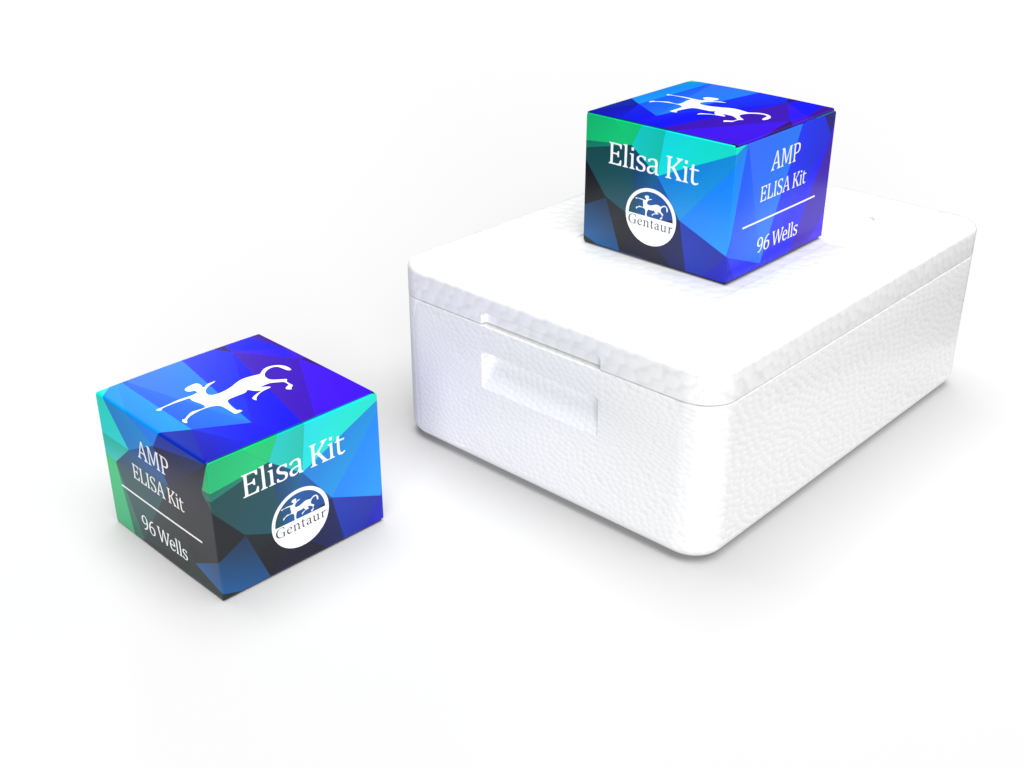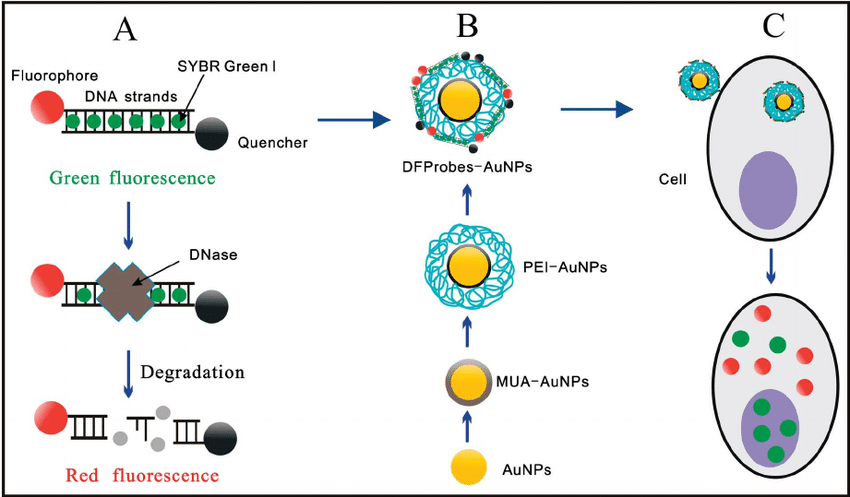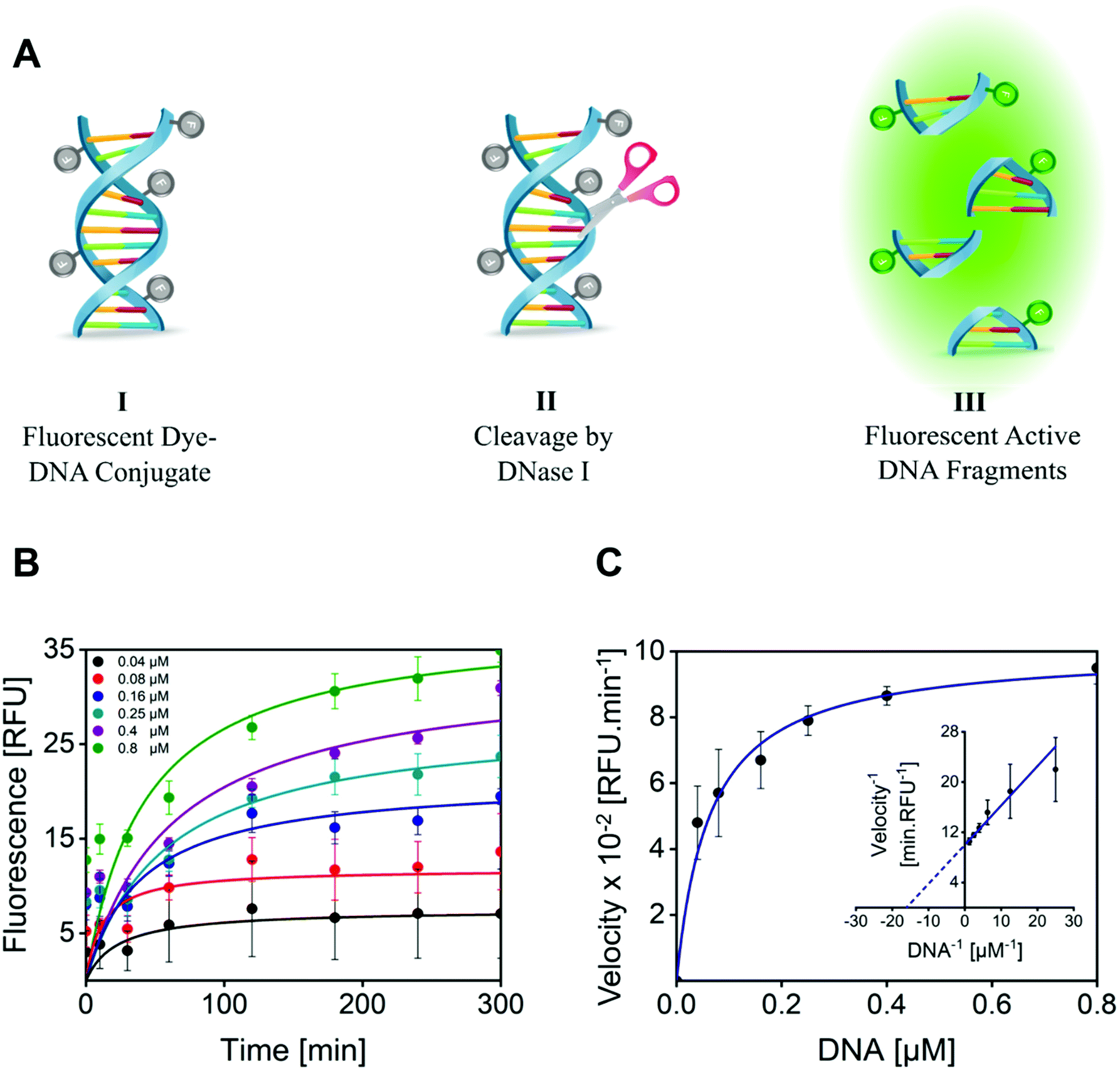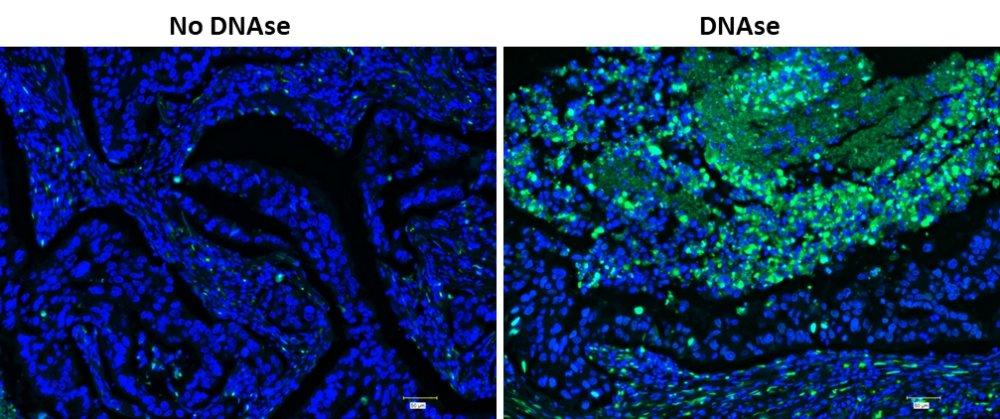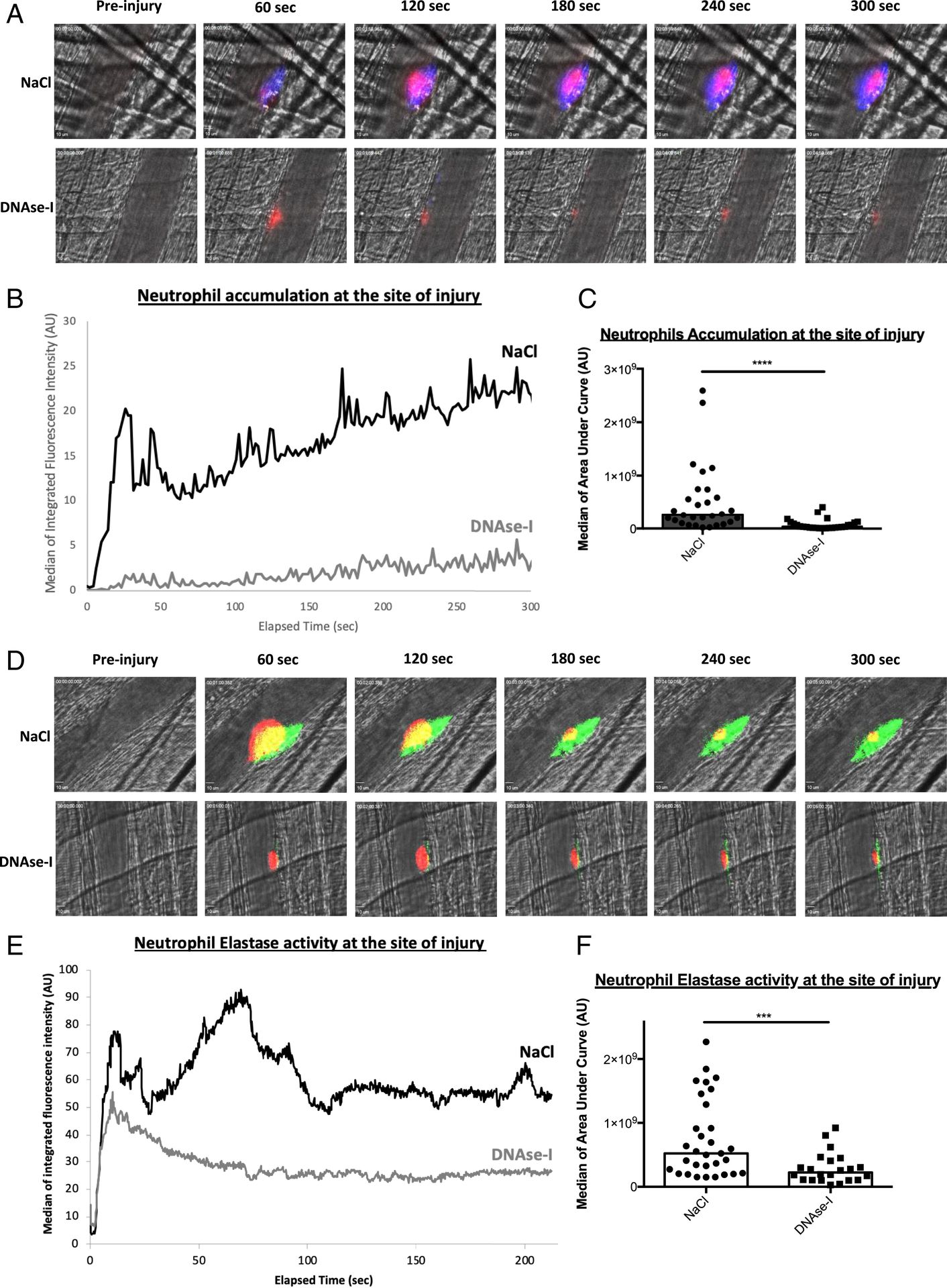Introduction
In the pursuit of pristine nucleic acid samples, the DNase Assay Kit (Fluorescence) emerges as an indispensable tool for researchers committed to ensuring the highest level of purity in their experiments. This advanced kit leverages fluorescence technology to provide a precise and sensitive method for the assessment of DNA degradation, ensuring the integrity of your nucleic acid samples.
Illuminate Nucleic Acid Purity with Precision - DNase Assay Kit (Fluorescence)
DNase assay kits (fluorescence) are used to detect the presence and activity of DNase enzymes in samples such as buffers, reagents, and other components. These kits are based on the use of a fluorophore-labeled DNA probe. When the probe is intact, it does not produce a fluorescent signal. However, when the probe is degraded by DNase, the fluorophore is released and produces a fluorescent signal. The intensity of the fluorescent signal is proportional to the amount of DNase activity in the sample.
DNase assay kits (fluorescence) are easy to use and can provide rapid and sensitive detection of DNase contamination. They are widely used in a variety of applications, including:
- Quality control of buffers, reagents, and other components used in molecular biology and biotechnology
- Detection of DNase activity in biological samples, such as blood, serum, and urine
- Screening for DNase inhibitors
Here are some of the advantages of using DNase assay kits (fluorescence):
- High sensitivity: These kits can detect very low levels of DNase activity.
- Wide dynamic range: These kits can quantify a wide range of DNase activity.
- Fast results: These kits provide results within minutes.
- Easy to use: These kits are easy to use and do not require any specialized equipment or training.
Here is a typical protocol for using a DNase assay kit (fluorescence):
- Prepare a reaction mixture by mixing the DNase substrate solution and the DNase standards.
- Add the sample to the reaction mixture.
- Incubate the reaction mixture at 37°C for 30 minutes.
- Stop the reaction by adding the stop solution.
- Measure the fluorescence signal of the reaction mixture using a fluorimeter.
- Compare the fluorescence signal of the sample to the fluorescence signals of the DNase standards to determine the amount of DNase activity in the sample.
DNase assay kits (fluorescence) are a valuable tool for detecting and quantifying DNase activity. They are widely used in a variety of applications, including molecular biology, biotechnology, and clinical diagnostics.

| Feature | Description |
|---|---|
| Application | Detection of DNase contamination in buffers, reagents, and other components |
| Principle | A fluorophore-labeled DNA probe is degraded by DNase, resulting in a gradual increase in fluorescence signal |
| Kit contents | DNase substrate solution, DNase standards, reaction buffer, and stop solution |
| Protocol | Mix the DNase substrate solution and DNase standards in a sterile tube. |
DNase assay Kit (Fluorescence)
| Cat. No. (references) | Specification |
| HBP002902 | 192T |
| HBP002903 | 48T |
- DNase substrate solution: This solution contains a fluorophore-labeled DNA probe. When the probe is intact, it does not produce a fluorescent signal. However, when the probe is degraded by DNase, the fluorophore is released and produces a fluorescent signal.
- DNase standards: These are known concentrations of DNase that are used to calibrate the assay.
- Reaction buffer: This buffer provides the necessary pH and ionic conditions for the assay to work properly.
- Stop solution: This solution stops the reaction and prevents further degradation of the DNA probe.
To use a DNase assay kit (fluorescence), you will need to mix the DNase substrate solution, DNase standards, and reaction buffer in a sterile tube. Then, add the sample to the reaction mixture and incubate at 37°C for 30 minutes. After incubation, add the stop solution and measure the fluorescence signal of the reaction mixture using a fluorimeter. The fluorescence signal of the sample will be compared to the fluorescence signals of the DNase standards to determine the amount of DNase activity in the sample.
Key Features
1. Fluorescence Precision
The DNase Assay Kit harnesses the power of fluorescence to offer unparalleled precision in detecting and quantifying DNA degradation. This technology enhances signal-to-noise ratios, allowing researchers to discern even the subtlest changes in DNA integrity with exceptional accuracy.
2. Sensitivity and Specificity
Built with a keen focus on sensitivity, the kit excels in detecting low levels of DNA degradation. Its specificity ensures that only degraded DNA is targeted, providing researchers with a reliable tool for the assessment of nucleic acid sample quality.
3. Wide Dynamic Range
The kit boasts a wide dynamic range, accommodating a variety of sample concentrations. Whether you are working with minimal DNA quantities or high concentrations, the DNase Assay Kit ensures accurate and reliable results across the entire spectrum.
4. Streamlined Workflow
Designed for user convenience, the kit offers a streamlined workflow that minimizes hands-on time and reduces the likelihood of experimental errors. The intuitive protocols allow researchers to focus on the science rather than the technical intricacies of the assay.
Benefits
1. Accurate Quality Control
With the DNase Assay Kit, researchers can implement robust quality control measures, ensuring that nucleic acid samples are free from unwanted DNA contamination or degradation. This accuracy is essential for downstream applications such as PCR, qPCR, and RNA sequencing.
2. Enhanced Reproducibility
The kit's precision and sensitivity contribute to enhanced reproducibility in experiments. Consistent results are crucial for scientific rigor, and the DNase Assay Kit provides the confidence needed for reliable and replicable outcomes.
3. Versatile Applications
This kit is not confined to a specific nucleic acid type or sample source. Its versatility makes it suitable for a range of applications, including RNA purification, plasmid preparation, and the assessment of genomic DNA quality.
Versatile Utilizations
1. RNA Integrity Assessment
Ensure the integrity of RNA samples by assessing potential DNA contamination or degradation, crucial for downstream applications in gene expression studies.
2. Plasmid Purification Quality Control
For researchers working with plasmids, the DNase Assay Kit serves as a valuable tool for quality control, guaranteeing the purity and integrity of plasmid DNA.
3. Genomic DNA Quality Verification
In genomics research, the kit aids in verifying the quality of genomic DNA, allowing researchers to confidently proceed with experiments such as PCR and sequencing.
Conclusion
The DNase Assay Kit (Fluorescence) is an essential companion for researchers dedicated to maintaining the highest standards of nucleic acid purity. With its fluorescence precision, sensitivity, and versatility, this kit ensures that your experiments begin with the utmost confidence in the quality of your nucleic acid samples. Illuminate the path to reliable results—choose the DNase Assay Kit for fluorescence-driven precision in nucleic acid quality assessment.
